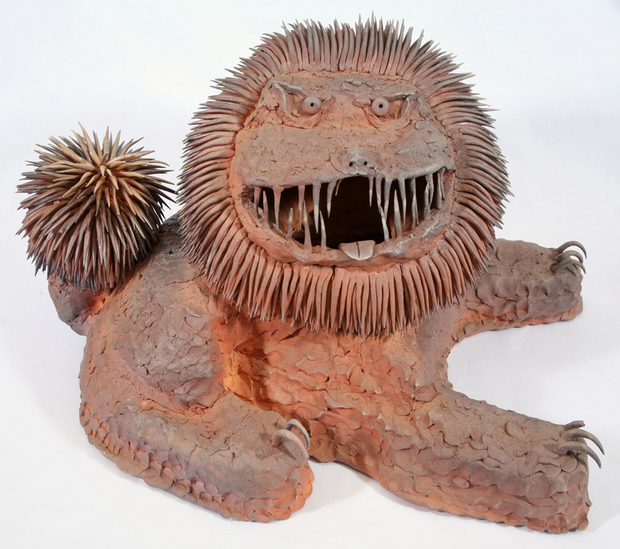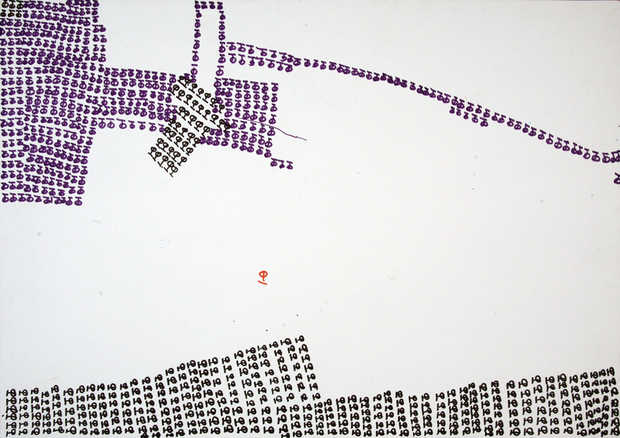You may have heard of the term 'outsider art' by now in association with
- The Museum of Everything,
- indie film Junebug (2005) starring Amy Adams as an outsider art dealer,
- and most recently an extensive exhibition at the Wellcome Institute in London called Souzou, featuring outsider art from Japan.
There is also the pioneering American Folk Art Museum in New York, which opened in 2001 and shows the work of self-taught artists.

‘Outsider art’ varies vastly in terms of material, aesthetics and subject matter. The single criteria is that the artists themselves are self-taught and often institutionalised, mentally or physically handicapped, or on the 'fringes' of society in some way. The ethos here is fairly romantic. It hints at the possibility of 'pure expression', unhindered by the pressures of economic gain, fame and even an audience.
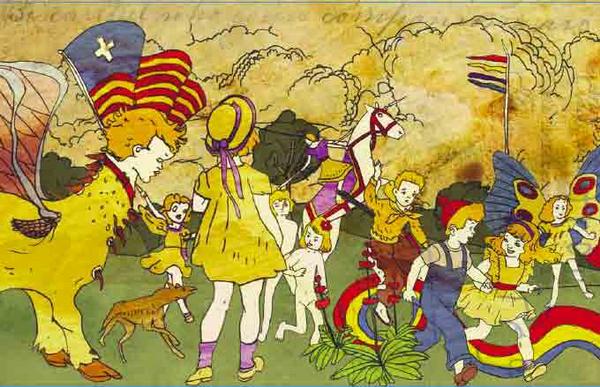
The celebrated Chicago artist Henry Darger (1892-1973), who spent his life doing menial work as a janitor, is an interesting example. His artwork was discovered posthumously, and consists of 15, 145-page fantasy-like manuscripts with hundreds of paintings and illustrations. One of his stories, titled The Story of the Vivian Girls, is an epic adventure that follows the rebellion of seven brave princesses, who take up arms against an evil regime of child slavery. Darger mapped out an elaborate mythology for his fantasy worlds, often producing illustrations using traced and cut images from magazines.
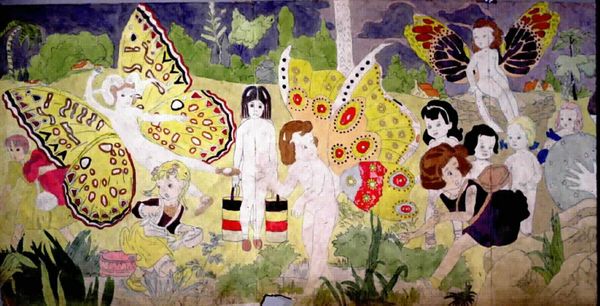
One particularly striking artist is Norimitsu Kokubo, who produces illustrations of fictional cityscapes that are part-imaginary, part taken from internet browsing - Googlemaps, newspapers and so on. His biggest piece stretches across 10 metres. Kokubo’s illustrations are intricately detailed: he takes time to painstakingly depict the rungs on bicycle wheels and yet also succeeds in narrating an entire semi-mythical city. In this respect his works are like highly-pixelated wide-screens.
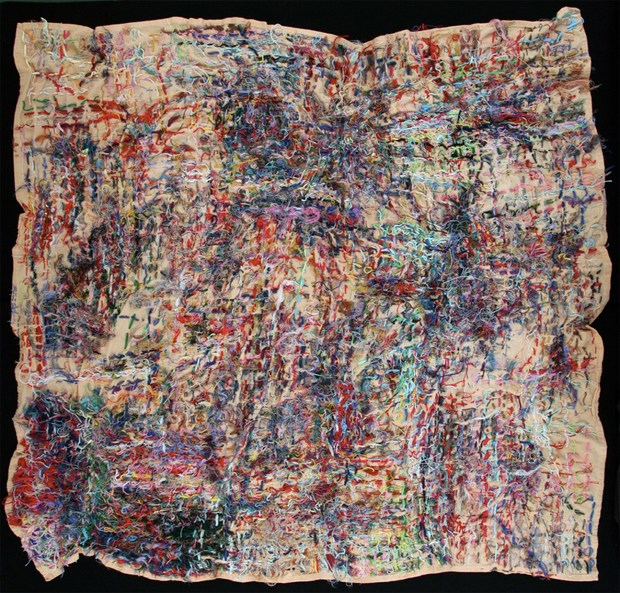
The 'discovery' of artists who are self-taught opens a whole can of worms. Is this the 'purest' form of expression, unadulterated by educational institutions and paranoid self-doubt? Does it become art only when a dealer buys it and when it is hung in a gallery, or is it art from its conception? If so, this presents a challenge to practicing artists who are informed by notions of artistic propriety.
Does an outsider artist necessarily have to be in some way on the fringes of society, mentally or physically handicapped, institutionalised? To the generations who grew up in the light of the death of the artist, putting a huge variety of works in one category on the basis of their supposed source of inspiration and the conditions of their creation seems odd. In reality, the works do not lend themselves to comfortable categorisation.
